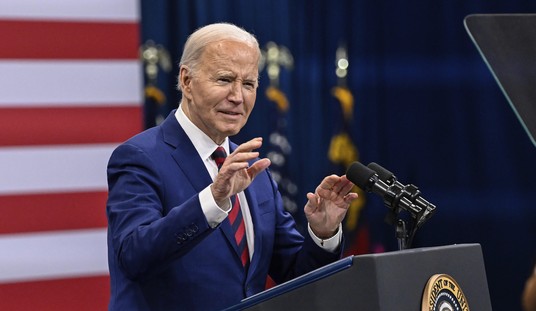Two NATO International Security Assistance Force (ISAF) officers were killed Feb. 25 inside the Afghan Interior Ministry in Kabul. Details are limited, but reports suggest that the two officers, according to some accounts an American colonel and major, were gunned down possibly following a verbal clash with the shooter.
Some reports have suggested that the incident took place in a particularly secure area within the ministry. All ISAF personnel working in ministries in and around Kabul have been recalled. The Taliban have claimed responsibility for the shootings, a standard response to any incident like this.
This is certainly not the first incident of its kind in Afghanistan, though deaths in more secure compounds are relatively rare. Nevertheless, the "Vietnamization" strategy, in which ISAF forces in the country rely increasingly heavily on indigenous forces and personnel for the day-to-day administration and security of the country, almost ensures that elements opposed to the regime will infiltrate indigenous security forces to some degree.
Tensions between the foreign troops and local nationals naturally will build up over the course of a long occupation, and there will be incidents in which an Afghan soldier or policeman turns his weapon on foreign troops in a spontaneous act of rage in a disagreement rather than in a planned attack. Local security personnel can also simply look the other way or actively facilitate an attack.
In April 2011, a suicide bomber wearing an Afghan military uniform was able to get deep inside the Afghan Defense Ministry, where he was gunned down before he could detonate his vest, but not before he fatally shot two other Afghans. In September 2011, an Afghan employee of the U.S. Embassy opened fire on a CIA annex, killing one U.S. national. As for the Feb. 25 incident, the Interior Ministry is a high-profile target for militant attacks, meaning security is high and personnel walking its halls would have been cleared at checkpoints.
Recommended
Meanwhile, protests have continued over the reported burning of Korans and other religious materials at Bagram Air Field, reports that first emerged Feb. 21. Though there may not be a connection between the protests and the Feb. 25 shooting, the shooting comes at a time when questions about the unrest, particularly its durability and the extent to which it can be quelled, remain unclear.
Militarily, in addition to the issue of how to address expanding unrest in the country, the question is how to balance the security of ISAF personnel with effective coordination between ISAF and the Afghan government and its security forces. The recall of all personnel from all ministries could be an indication of the perceived threat level or concern about more incidents, neither of which would be a good sign for that coordination.
As the drawdown of foreign forces begins to accelerate and the responsibility of indigenous forces grows, close coordination becomes increasingly important. And as the Taliban move forward on talks to reach a political accommodation and negotiated settlement on the future of Afghanistan, the existing tension between Washington and the regime of Afghan President Hamid Karzai also has an impact on the American negotiating position. The impact of this shooting on day-to-day coordination between the two countries is certainly worth watching.


